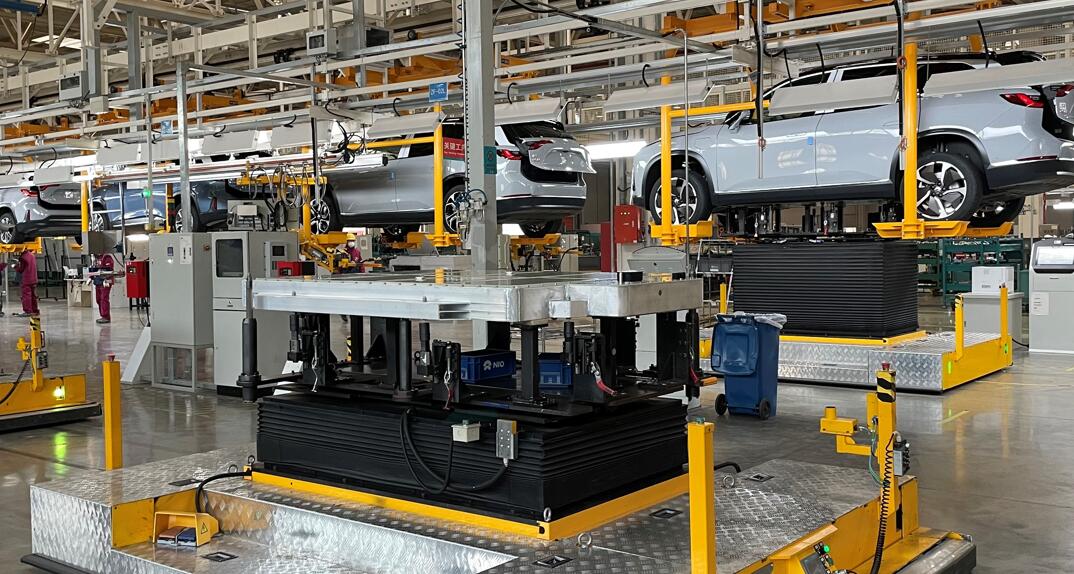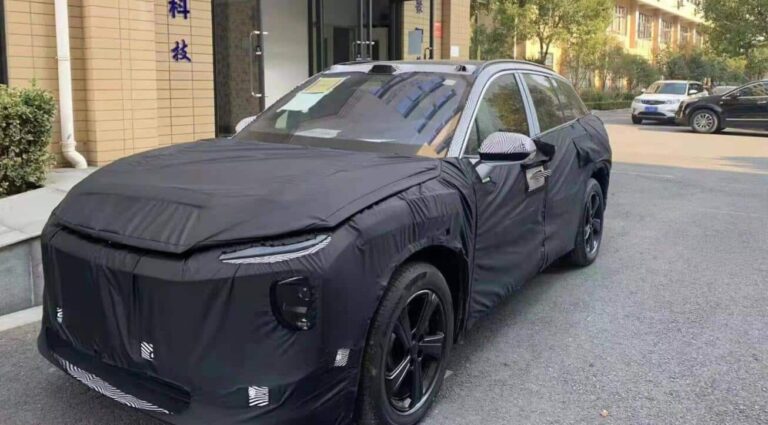Demand remains firm as consumers expect EVs to continue to rise in prices, with waiting times generally at 2-3 months, according to a team of local analysts.
(Image credit: CnEVPost)
Dozens of Chinese automakers have raised prices in the past two months as raw material prices continue to rise. But in the analysts' view, the price hikes will not have a material impact given the strong consumer demand.
The price hikes are disruptive to sales of new energy vehicles (NEVs), but the impact is not of a serious nature, Sinolink Securities analyst Chen Chuanhong's team said in a research note released Wednesday.
Based on an analysis of the oil crisis in the 1970s, it is clear that the increase in vehicle prices due to higher oil prices has not had a substantial and serious impact on sales, the team said.
"We expect that this round of battery material cost increases will have some impact on demand, but they will be manageable," the note wrote.
Weekly data, as well as field research, show that demand for NEVs remains strong and has largely returned to January or December levels, especially for plug-in hybrids, according to the team.
Even for pure electric models, which have seen greater price increases, demand remains firm as consumers expect them to continue to rise in prices, with waiting times generally at 2-3 months, the team said.
Here is the team's more detailed analysis of the impact of raw material price increases.
Battery makers still have cost pressures to pass on
The current price of lithium carbonate is more than RMB 500,000 per ton, a sevenfold increase from the recent bottom.
The price of 523 cathode materials, for example, has risen from RMB 150,000 per ton at the bottom of last year to RMB 365,000 per ton today, an increase of more than 140 percent.
The price of electrolytes has risen from RMB 40,000 per ton at the bottom of last year to RMB 110,000 per ton at present, an increase of more than 170 percent.
Combined, the cost of battery modules rose from RMB 0.8/Wh to RMB 1.15/Wh, an increase of about 40 percent.
The cumulative increase in battery module prices is about 20 percent, or about RMB0.2/Wh. They still have about RMB0.2/Wh to pass on to downstream companies, meaning that the battery segment will need to increase prices by about 20 percent more to fully pass on the cost increase.
Starting from the second quarter of 2022, the game around cost pass-through will intensify in the midstream and downstream segments.
Lithium carbonate
Current Li-ion battery makers have already passed on cost increases of around RMB0.2/Wh to clients, implying that the price of RMB 300,000 lithium carbonate has already been absorbed.
The gross margins of Ternary and LFP batteries are around 10 percent-20 percent, and there is still an additional cost of RMB 200,000/ton in lithium carbonate that needs to be passed on to customers.
Assuming the price of lithium carbonate rises to RMB 800,000/ton, this will have a 12 percent-18 percent impact on the battery gross margin.
When the battery price rises 40 percent, the battery gross margin will largely return to the level before the raw material increase.
RMB 500,000 yuan/ton of lithium carbonate prices will be gradually digested in the next 3-5 months.
Battery cathode materials have little impact on costs
The current price of the cathode material is around RMB 40,000/ton, assuming the price rises to RMB 45,000/ton and RMB 50,000/ton, the impact on the cost of ternary batteries will rise by less than 1 percent and 1.5 percent respectively.
Under this assumption, the cost of LFP batteries will rise by 1.5 percent and 3 percent respectively.
Aluminum prices have a greater impact on structural parts
Since June 2021, aluminum prices have increased from RMB 18,400/ton to RMB 21,900/ton, an increase of more than 15 percent.
Aluminum is the core raw material for battery structural parts and chassis parts, and because the price of parts is basically transmitted according to the quarter, the rise in aluminum prices will bring pressure on the profitability of some segments.
In the current price, aluminum prices are expected to cause about 5 percent impact on the gross margin of structural parts makers, corresponding to the impact of battery costs in the RMB 30-37 yuan / kWh.
Currently, component makers have some aluminum inventory to cope with the price increase, and if the price rises rapidly and then falls rapidly, the impact on the first quarter will be limited.
If aluminum prices continue to rise, the impact on parts companies' earnings will expand in the second quarter.


